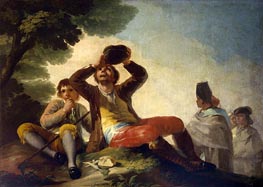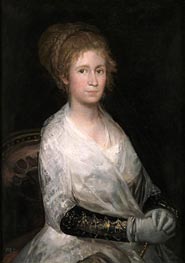
Francisco de Goya Giclée Fine Art Prints 2 of 2
1746-1828
Spanish Rococo/Romanticism Painter
28 Goya Artworks
Page 2 of 2

Giclée Canvas Print
$66.33
$66.33
SKU: 16844-GOY
Francisco de Goya
Original Size:107 x 151 cm
Prado Museum, Madrid, Spain
Francisco de Goya
Original Size:107 x 151 cm
Prado Museum, Madrid, Spain

Giclée Canvas Print
$65.65
$65.65
SKU: 16847-GOY
Francisco de Goya
Original Size:82.5 x 58.2 cm
Prado Museum, Madrid, Spain
Francisco de Goya
Original Size:82.5 x 58.2 cm
Prado Museum, Madrid, Spain

Giclée Canvas Print
$61.71
$61.71
SKU: 16849-GOY
Francisco de Goya
Original Size:95 x 190 cm
Prado Museum, Madrid, Spain
Francisco de Goya
Original Size:95 x 190 cm
Prado Museum, Madrid, Spain

Giclée Canvas Print
$64.63
$64.63
SKU: 17997-GOY
Francisco de Goya
Original Size:95 x 65.7 cm
National Gallery, London, UK
Francisco de Goya
Original Size:95 x 65.7 cm
National Gallery, London, UK